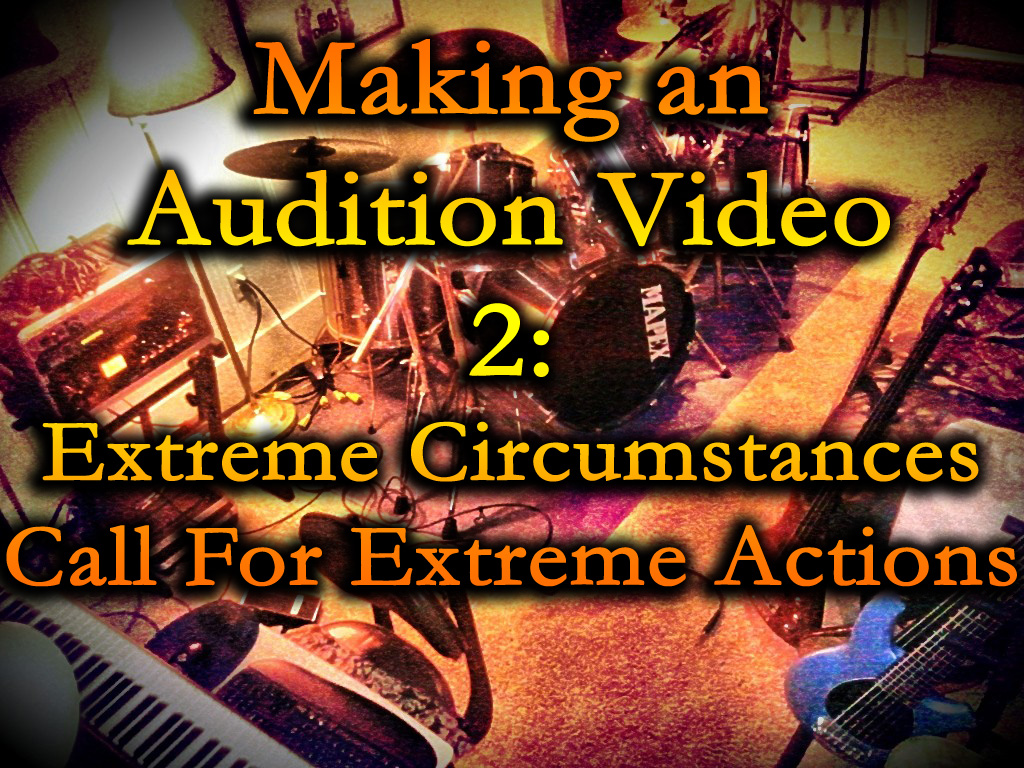How do you even begin to tackle a review of David Foster Wallace’s “Infinite Jest”?
Well, for starters, let me just say I first read the book back in 2012. I read it while on 12-hour tour bus rides, in hotel lobbies, in hotel rooms, dressing rooms, and in restaurants. It took me about two months to get through.
At the time, I didn’t know that there was a Infinite Jest wiki I could use to help me with the rather large words that peppered the pages. I didn’t know this until about the last couple hundred pages. So, really, the first time I read the book I was really focusing on the technical writing of DFW and how he constructed sentences to the sound of his voice, how he broke so many writing rules, and how he used this odd short-hand approach to substitute words with certain keyboard symbols. For example, he uses single quotes where one would normally use double quotes, he uses things like w/r/t to stand for “with regard to,” and things like +/- to stand for “more or less.” There’s also a slew of abbreviations thrown in that you have to keep track of: O.N.A.N., E.T.A., Y.D.A.U., ATHSCME, etc.”
This is my second time going through “Infinite Jest.” The first time I mainly focused on the technical structure of how David Foster Wallace wrote and arranged his story. The second time through I was trying to better grasp the actual story itself. And, for this second time, I chose to use the Infinite Jest wiki page to help me out with the many odd words that are used. With the wiki page it’s quite simple, actually. You read the book at a desk with the wiki page pulled up–as you go from page to page you look up at the wiki and read the words that have been selected as difficult for the page your own–then read the page straight through. By going over the wiki entry for each page and learning what each left-field word means it makes the reading experience a bit more fluid. I didn’t have to keep stopping to look up words in a dictionary. I also synched the wiki page up to my phone so if I wasn’t at a desk I could check it on my phone.
http://infinitejest.wallacewiki.com/david-foster-wallace/index.php?title=Main_Page
It’s really hard to sum up exactly what the book is about. The very basic gist is that it’s based in some strange future time when the yearly history no longer goes by dates but by subsidized time, i.e., “The Year of the Whopper,” or “The Year of the Depends Adult  Undergarment.” It’s a non-linear story that mainly takes place in the Y.D.A.U. and at two different places (for the most part): a drug rehab facility called Ennet House, and a tennis college called Enfield Tennis Academy. There is a wide cast of characters (not as large as “A Song of Ice and Fire” but large nonetheless) and they’re all searching for something that has something to do with escape in the form of entertainment (this usually revolves around drugs). You’ve got drug addicts trying to score, recovering drug addicts addicted to NA/AA, you’ve got tennis stars making up their own games and messing with drugs, you’ve got a group of rival terrorists trying to get their hands on a video tape that enslaves people when they watch it, you’ve got people addicted to radio programs, etc. etc.
Undergarment.” It’s a non-linear story that mainly takes place in the Y.D.A.U. and at two different places (for the most part): a drug rehab facility called Ennet House, and a tennis college called Enfield Tennis Academy. There is a wide cast of characters (not as large as “A Song of Ice and Fire” but large nonetheless) and they’re all searching for something that has something to do with escape in the form of entertainment (this usually revolves around drugs). You’ve got drug addicts trying to score, recovering drug addicts addicted to NA/AA, you’ve got tennis stars making up their own games and messing with drugs, you’ve got a group of rival terrorists trying to get their hands on a video tape that enslaves people when they watch it, you’ve got people addicted to radio programs, etc. etc.
So, a large part of this is all about addiction and the role it has in entertainment. This is all dealt with in a form of what’s called an “encyclopedic novel.” This means the author takes certain technology or isolates certain nuances and then exposes, investigates, surrounds, turns over, flips around, every single detail until the reader is immersed in that imaginative element. For example, DFW invents this game called “Eschaton” and he goes into  exceedingly long length describing how it is played. He goes back to “Eschaton” several times and even allows the reader to experience a match. Honestly, Eschaton sounds kinda fun, but I won’t get into the guts of what the game is about. It actually makes more sense than Quidditch. Basically, it’s played on tennis courts with certain areas standing for certain regions of the globe. Players use tennis balls and engage in a game of global warfare.
exceedingly long length describing how it is played. He goes back to “Eschaton” several times and even allows the reader to experience a match. Honestly, Eschaton sounds kinda fun, but I won’t get into the guts of what the game is about. It actually makes more sense than Quidditch. Basically, it’s played on tennis courts with certain areas standing for certain regions of the globe. Players use tennis balls and engage in a game of global warfare.
But that’s just one aspect of the novel.
To talk about “Infinite Jest” means you have to bring up the length of the novel, the immense use of end notes (there are 388–some spanning several pages), and atypical use of grammar and punctuation. It’s like Wallace was trying to ward off any potential readers. I believe Wallace uses extensively long paragraph structure to simulate the rambling conversational nature of addicts–their stream of consciousness. However, it’s not really a stream of consciousness because the driving point is very precise. In an interview, he told Charlie Rose that his use of extensive endnotes was so that it would break up the narrative–fragment the episode you were in with these little asides of information.
The book is regarded as a “post-modern” work. But I think DFW was really trying to put the nail in the coffin to post-modernism. I think “Infinite Jest” was a way for him to wring out all the bits of post-modernism until the concept and all the tricks were exhausted.
Wallace has even remarked to his friend, James Franzen, that not only he knows exactly what the book is about or who the protagonist is supposed to be. If you’re going into the book expecting a clear cut and riveting story then you might want to go somewhere else. I really think that Wallace wanted this book to be the final say in post-modernism. I think he wanted to bash his readers over the head with cyclical details and excessive use of dense language to wear the reader down.
That being said, it’s still a staggering work of brilliance that I think should be appreciated for what it is.




